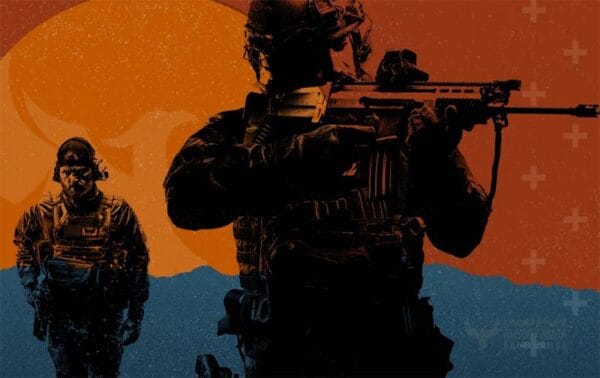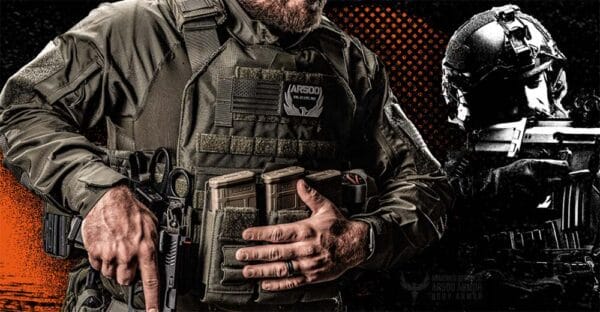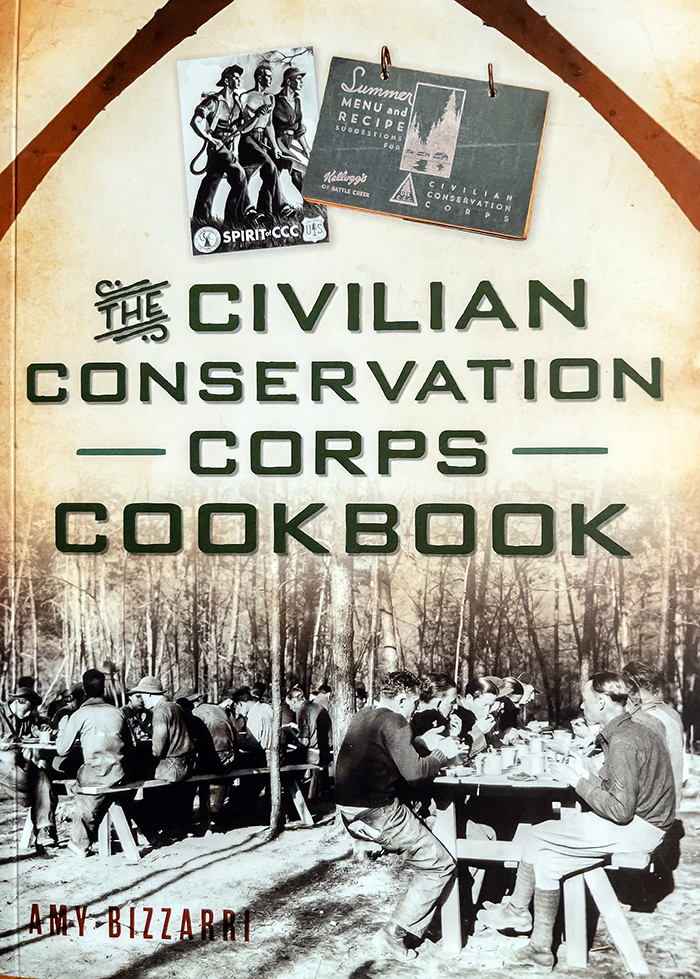This article is part of the Prepper Conversations Series.

Is this future coming soon to your neighborhood….?
In the dimly lit room of a suburban home in Baltimore, John Mitchell, a Navy veteran, meticulously inspected his gear. The news on television buzzed with reports of escalating conflict between various factions in Hamas and Israel. The world had changed, and the streets of America were no longer safe. John knew that preparation was the key to survival in this new world.
Body armor had become as essential as food and water. It wasn’t just for the military or law enforcement anymore. Civilians like John had recognized its importance, especially after the Boston Marathon bombing, the Las Vegas shooting, and the countless other incidents that had shaken the nation to its core.
John’s thoughts drifted back to missions in Iraq. He remembered the weight of his hard body armor, made of ceramic, as he moved through a hostile city. It had saved his life more than once, deflecting bullets and shrapnel from a nearby explosion.
But now, in civilian life, he preferred soft body armor. It was lighter and allowed for more mobility, essential for the urban jungle he now navigated. However, his complete armor kit was comprehensive. His plate carrier, a vest designed to hold armor plates, was adjusted to fit him snugly. He had front and rear armor plates, ensuring his vital organs were protected. Side plates, though not essential, provided that extra layer of security. The groin protector and trauma pad were additions he hoped he’d never have to rely on.
As he suited up, he remembered his military training. Awareness was crucial. He had to be constantly vigilant, ready to move swiftly to safety, using the environment to his advantage. Body armor wasn’t a magical shield; it had its limitations. But it was a line of defense that could mean the difference between life and death.
The world outside was unpredictable. Reports of armed criminals, dangerous flash mobs, and even rumors of foreign military-age invaders pouring across the border had become the norm. The term “SHTF” (Shit Hits The Fan) had moved from prepper forums to everyday conversations. In such scenarios, body armor was more than just protection; it was a private statement. A self-affirmation that you were prepared and wouldn’t be an easy target.
For those on a budget, soft body armor was a godsend. It was affordable and provided decent protection against most handguns. But for those who could afford it, like John, plate body armor was the way to go. It was a hefty investment, but the protection it offered against high-powered rifles was unmatched.


Body Armor Components:
- Soft body armor: Soft body armor is a lightweight and flexible alternative to hard body armor and is made of materials such as Kevlar, which can stop most handgun rounds.
- Plate carriers: Plate carriers are vests or harnesses that are used to hold armor plates in place. They can be either soft or hard, with soft plate carriers being more flexible and comfortable to wear, and more concealable, while hard plate carriers offer more protection and can carry more gear.
- Armor plates: Armor plates are the main protective component of body armor. They are typically made of steel, ceramic, or composite materials. Steel plates are the most durable and offer the most protection, but are also the heaviest. Ceramic plates are lighter than steel plates but offer less protection. Composite plates are a combination of steel and ceramic plates and offer a good balance of protection and weight.
- Side plates: Side plates are smaller armor plates that are inserted into the sides of a plate carrier to provide additional protection for the wearer’s flanks.
- Groin protectors: Groin protectors are worn to protect the wearer’s groin from injury. They are typically made of hard plastic or Kevlar.
- Trauma pads: Trauma pads are placed behind armor plates to absorb and disperse the energy from a bullet’s impact, reducing trauma. Trauma Pads are typically made of foam or rubber.
- Other components: Other common body armor components include shoulder pads, neck guards, and upper arm guards.
In addition to the components listed above, a variety of accessories are available for body armor, such as magazine pouches, hydration carriers, and first aid kits.
Live Inventory Price Checker
Tips for the Prepared:
- Blend In: Your armor should be your secret. Opt for concealable versions that don’t draw attention.
- Stay Mobile: Ensure your armor doesn’t restrict movement. You might need to move quickly in an urban environment.
- Maintenance is Key: Regularly inspect your armor for wear and tear. The urban jungle can be just as harsh as a battlefield.
- Knowledge is Power: Understand the capabilities and limitations of your armor. Not all threats are equal, and it’s essential to know what protection you have.
In this new world, survival wasn’t just about strength or skill but about preparation. And as John Mitchell moved through the streets of Baltimore, he knew he was ready for whatever lay ahead.
John stepped out of his house, the weight of his armor comforting. The streets were eerily quiet, but he knew that danger lurked around every corner. He moved with purpose, his senses heightened.
As he walked, he thought of his family, safely hidden away in a secure location. He was on a mission to get supplies and wouldn’t let anything stand in his way. The body armor was his guardian, a silent protector that he hoped would see him through the chaos.
More Resources:
Body Armor Basics, by Armored Republic
https://www.youtube.com/watch?v=videoseries
About Tred Law
Tred Law is your everyday patriot with a deep love for this country and a no-compromise approach to the Second Amendment. He does not write articles for Ammoland every week, but when he does write, it is usually about liberals Fing with his right to keep and bear arms.
Some of the links on this page are affiliate links, meaning at no additional cost to you, Ammoland will earn a commission if you click through and make a purchase.





